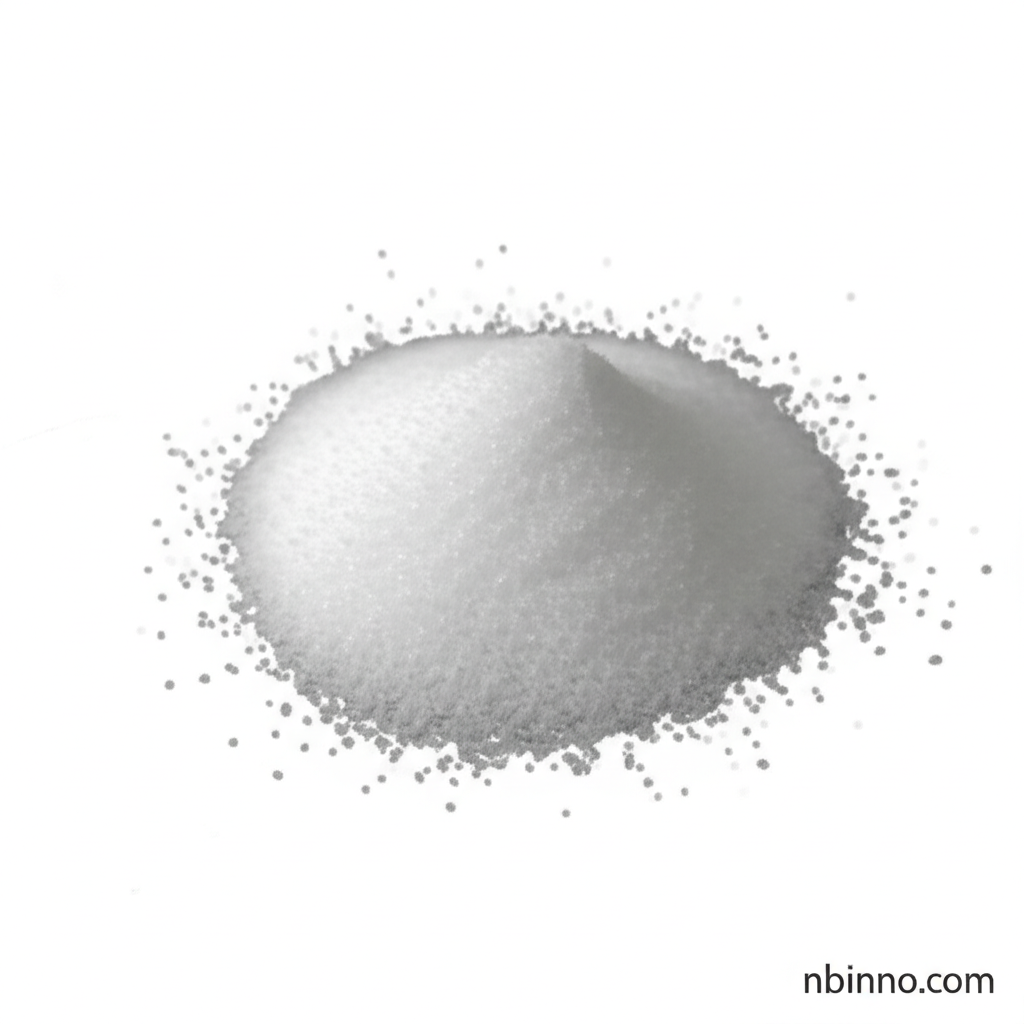1-Acetylindoline CAS 16078-30-1: A Key Intermediate in Organic Synthesis and Electronic Materials
Discover the critical role of 1-Acetylindoline in advancing pharmaceutical, electronic, and material science innovations.
Get a Quote & SampleProduct Core Value

1-Acetylindoline
1-Acetylindoline (CAS 16078-30-1) is a highly versatile chemical compound that serves as a pivotal intermediate in numerous advanced applications. Its unique structural properties and reactivity make it indispensable in the synthesis of complex molecules, driving innovation across several key industrial sectors. From groundbreaking pharmaceutical developments to cutting-edge electronic materials, this compound offers significant value.
- Synthesis of pharmaceuticals 1-Acetylindoline is crucial for developing new drugs targeting neurological disorders, offering researchers a vital building block.
- Organic electronics 1-Acetylindoline plays a role in the fabrication of next-generation organic electronic materials, enhancing the performance of devices like OLEDs and organic solar cells.
- Fluorescent probes 1-Acetylindoline are utilized by scientists to create advanced probes for bioimaging, enabling more precise visualization of cellular processes in live organisms.
- Key role as an intermediate in organic synthesis streamlines complex chemical pathways, contributing to the efficient development of novel compounds with desired biological activities.
Advantages Offered
Enhanced Pharmaceutical Development
Leveraging 1-Acetylindoline as a pharmaceutical intermediate accelerates the discovery and development of new therapeutic agents.
Improved Electronic Material Performance
Its incorporation into OLED materials and other organic electronics contributes to enhanced device efficiency and functionality.
Advanced Bioimaging Capabilities
As a precursor for fluorescent probes, it empowers researchers with tools for precise bioimaging applications.
Key Applications
Pharmaceutical Synthesis
1-Acetylindoline is a vital intermediate in organic synthesis for creating active pharmaceutical ingredients, particularly those addressing neurological conditions.
Organic Electronics
Its properties are instrumental in the fabrication of organic electronic components, contributing to the advancement of OLED materials.
Bioimaging and Diagnostics
Researchers utilize 1-Acetylindoline to develop fluorescent probes, enhancing capabilities in live-cell imaging and diagnostic tools.
Material Science Innovation
The compound contributes to advanced materials development, including novel polymers and specialized coatings, due to its unique chemical properties.
